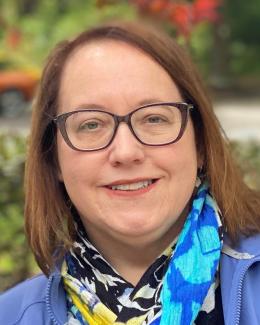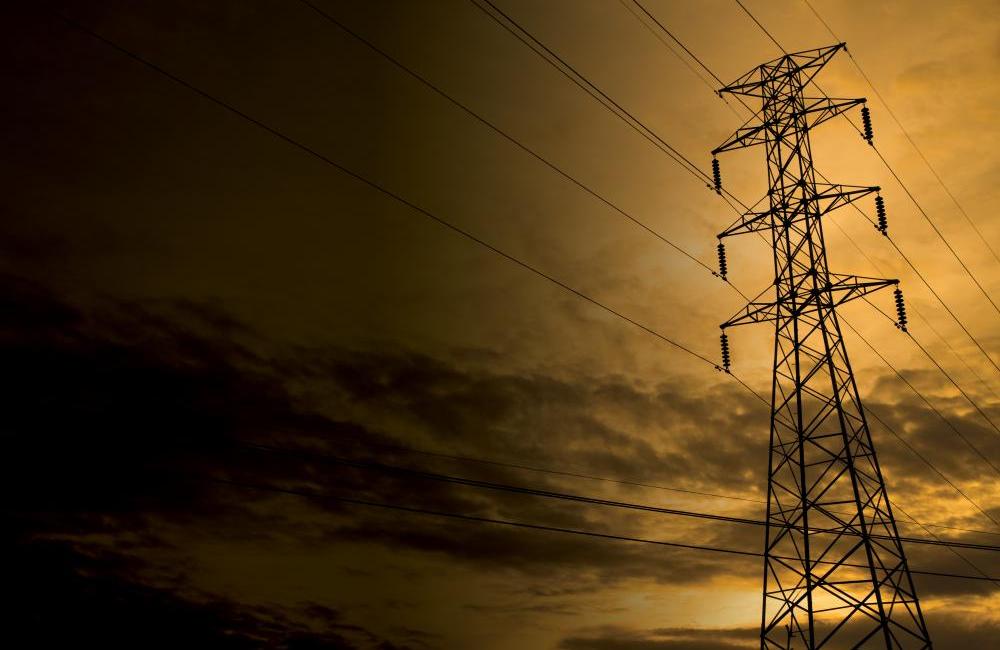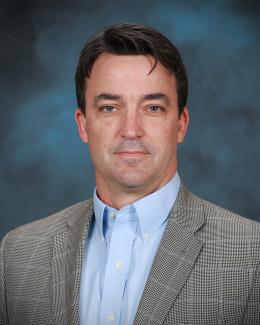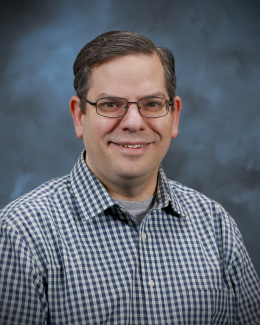Focus on Cybersecurity
Modern technology has made it far more efficient, flexible, and environmentally friendly to produce and consume electricity.
We no longer rely on energy from large electromechanical machines alone. Instead, the nimbleness provided by power electronics, computing, sensors, and the internet has opened the door to renewable energy sources such as wind and solar. This technology even allows you to be an energy provider by, for instance, installing rooftop solar panels and selling excess electricity back to your local utility.
There is, however, a downside to the new complexity inherent in the electric grid. Gains in digital controls mean there are more points of access for those who would cause deliberate harm through cyber intrusion.
While cyberattacks have not caused power outages in the United States, intrusions on Ukraine’s power grid in 2015 and 2016 are often cited as examples of the weakness inherent in the interconnectedness of our power system. In the attacks, hackers opened dozens of circuit breakers and shut off power to customers.
The challenge for the United States is to come up with solutions to protect communications while continuing to make the grid smarter and better able to recover when problems do arise. It is a task made harder by the grid’s complexity. The system must continuously operate in real time, making research and deployment of solutions difficult.
One innovative solution is aimed at getting controls and communications for this critical infrastructure completely off the internet. ORNL is investigating ways to take advantage of literal buried treasure— underutilized fiber optic capacity already accessible to utility systems across the country that can be used to move those functions onto private networks using “dark” or unlit fiber.
“We are evaluating the overcapacity of fiber that was deployed in the past two decades and determining whether this can be used to create a communications and control architecture where we can apply some of our innovative cyberphysical security concepts,” said Tom King, director of ORNL’s Sustainable Electricity Program.
Myriad other technologies can also harden the grid. To Mark Buckner, leader of ORNL’s Power and Energy Systems Group, one of the fundamentals for grid security is resiliency. “No matter if a problem is natural or manmade, you want the grid to be able to handle it,” he said.
One key issue for resiliency is interoperability—ensuring the grid operates smoothly despite the many actors involved. Buckner’s group is already working with partners from the public and private sector to develop standards to enhance interoperability.
Stacy Prowell, chief cybersecurity research scientist and manager of ORNL’s Cybersecurity for Energy Delivery Systems program, said resiliency and cybersecurity rely on a collection of solutions from better situational awareness to modeling, identifying and resolving threats.
By embedding sensors throughout the delivery system, utilities can monitor grid health. ORNL is developing low-cost, wireless sensors that can be custom designed to monitor a variety of conditions, printed on a flexible substrate, and easily deployed. Another ORNL-developed tool already in service is GridEye, a wide-area grid monitoring system that measures frequency, voltage, and other data to indicate major disturbances.
ORNL’s collaboration with universities, electric utilities, private industry, and other national laboratories is essential to enabling a smart, secure grid. ORNL’s partnership with Chattanooga’s Electric Power Board, for instance, provides a living laboratory for the testing of sensors and other technology.
“Understanding the state of the grid and determining when a potential problem is emerging requires a lot of data from sensors deployed in the grid,” Prowell said. “Rapid analysis of that data using predictive analytics will allow us to uncover threats and act quickly.”
Quantum information science can also help secure the grid. Security rooted in quantum physics, such as quantum key distribution, provides a level of fundamental security underpinned by physics that, when correctly implemented, cannot be bypassed, said Warren Grice, leader of the Quantum Information Science Group at ORNL.






